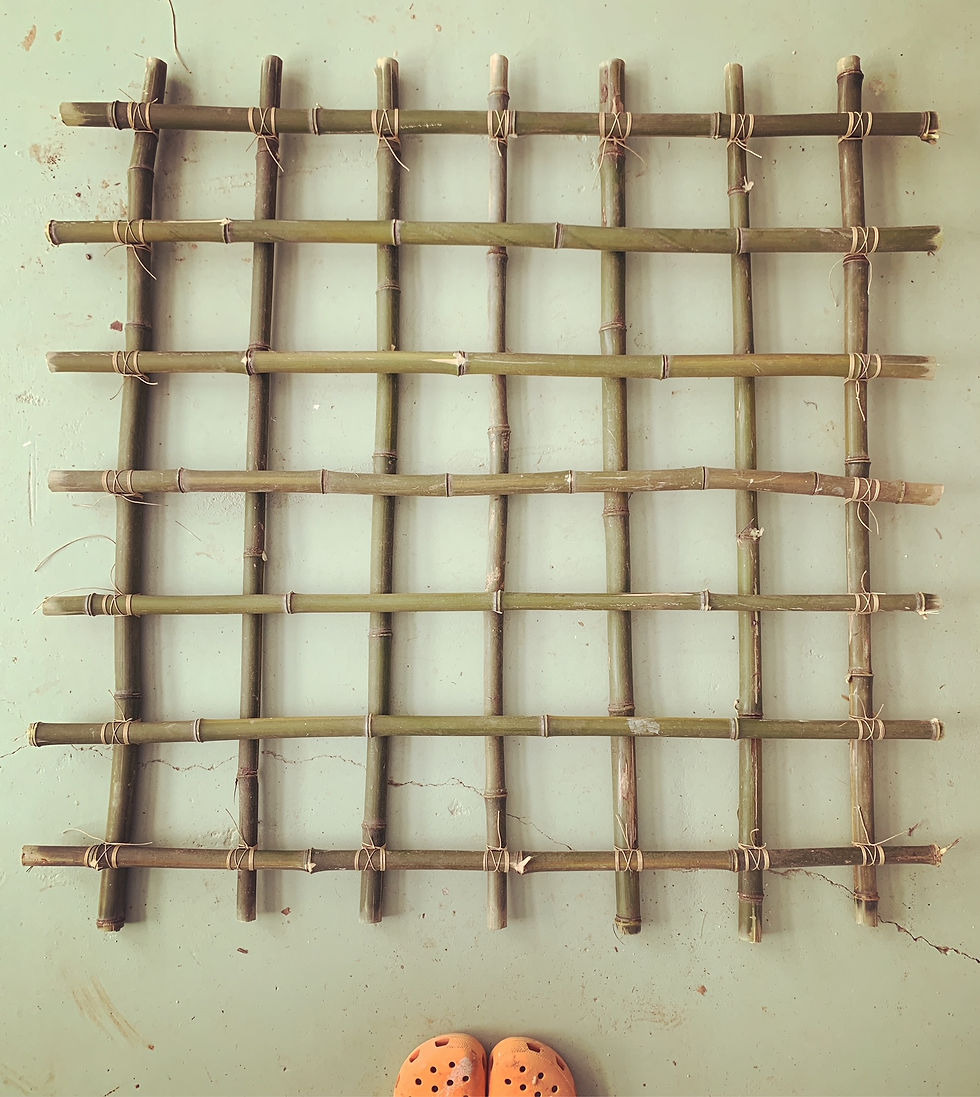Wildflower Dreams Do Come True
- stellaloufarm
- Mar 17, 2022
- 2 min read
Transforming large areas of mowed grass and invasive weeds into meadows of native wildflowers is a snap to dream up. Planning and designing require focus and creativity. Implementation takes muscle, endurance, and time. Thanks to our collaborators!
We've implemented two strategies to bring the diversity of native wildflowers and grasses to the land. These strategies do not require herbicides.
The first strategy was solarization. The process started with tilling the area to be solarized. We put down clear plastic and made sure the entire edge was tightly secured to the ground. The plastic remained for 2 months. The plastic provides conditions of light, warmth, and moisture which allow weed seeds to germinate and, then, die off from the high heat.

Upon removal of the plastic, we seeded the solarized area with a native wildflower mix purchased from Ernst Seeds and grain rye. We made sure that the seed made contact with the soil using rakes. We did this in fall 2021 before gentle rains. Coming into spring 2022, it looks like the image below. The dark green is the rye; however, on close inspection; we can see a diversity of plant life emerging.

The second strategy welcomed fire. While this strategy does not effectively eliminate all the invasive plants, we anticipate that the increase in the diversity of native plants in this meadow area will be substantial.

With skillful hands, the newly burned area was seeded with native wildflower and grass mix (Ernst Seeds) with grain oats (along with some nodding onion). Rye is planted with wildflower seed in the cooler months, while oats go in for the warmer months. After seeding, we made sure that we had good contact between the soil and the seed by going over the entire area with a rolling cultivator. Now we wait and watch!
The sun loving wildflowers and grasses will grow until the trees planted in the area (hickory, persimmon, chestnut, honey locust, beach plum) shade them out. We have some time before that happens.





Comments